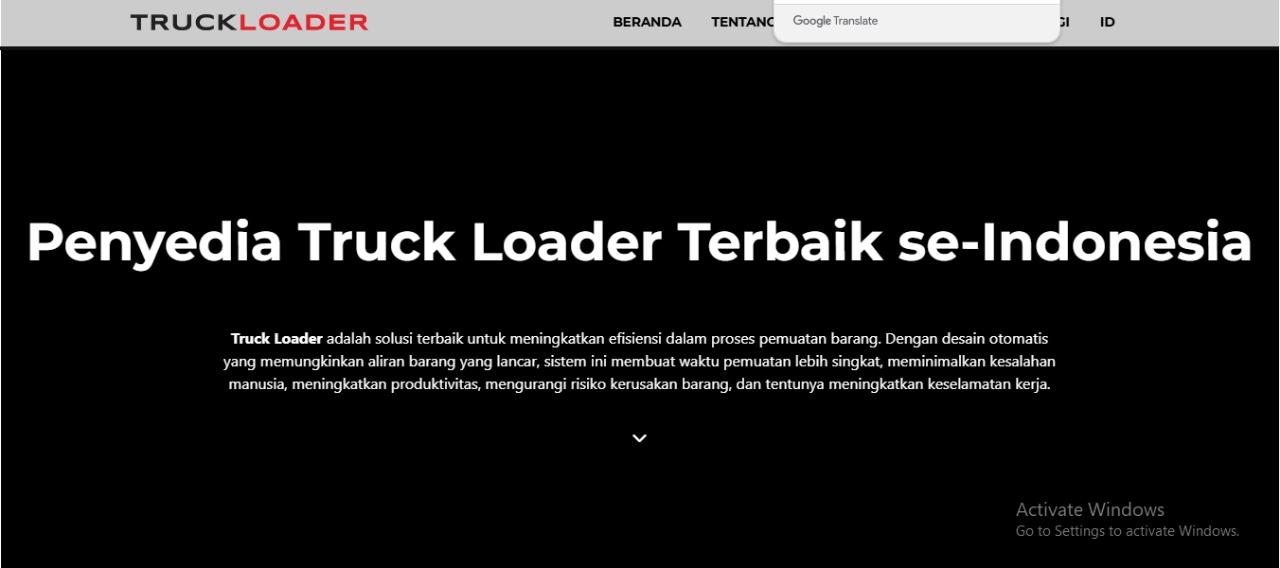The world of cryptocurrency and blockchain technology continues to evolve rapidly, with users constantly searching for faster, cheaper, and more seamless ways to manage digital assets. One of the most significant developments in this space has been the rise of Layer 2 networks—scalable solutions built on top of Layer 1 blockchains like Ethereum. While these solutions offer lower fees and higher throughput, they also come with the challenge of transferring assets efficiently between exchanges and Layer 2s. That’s where LayerSwap comes into play. LayerSwap is revolutionizing how users move funds across exchanges and L2 networks, offering a simplified and cost-effective bridge that addresses longstanding issues in crypto asset transfers.
The Need for a Smarter Transfer System in Crypto
Before LayerSwap, transferring assets from centralized exchanges to Layer 2 networks was a time-consuming and costly process. Users often had to withdraw funds to Layer 1 blockchains, pay high gas fees, and then bridge them to Layer 2 networks—a multi-step process fraught with complexity and risks. For many crypto enthusiasts, especially those new to DeFi or L2 solutions, this cumbersome process served as a major barrier to entry. LayerSwap eliminates the friction by enabling direct transfers from exchanges like Binance and Coinbase to Layer 2 platforms such as Arbitrum, Optimism, zkSync, and StarkNet. This seamless connection helps onboard more users to Layer 2 solutions without the high fees or technical headaches typically associated with crypto transfers.
How LayerSwap Works: Simplifying Asset Movement
LayerSwap functions as a bridging service that facilitates off-chain transfers from centralized exchanges directly to Layer 2 networks. Users simply select the exchange and the destination network, and LayerSwap handles the rest. The process is user-friendly and designed to abstract away the complexity of managing multiple wallets or dealing with high gas costs. What sets LayerSwap apart is its commitment to transparency and security. The service does not custody users' assets but rather orchestrates the transfer process using API connections and on-chain verification mechanisms, ensuring that users retain full control of their funds during every stage of the transaction.
Advantages That Make LayerSwap a Game-Changer
The primary advantage of using LayerSwap is cost-efficiency. Traditional transfers from exchanges to Layer 2 often incur multiple layers of gas fees, especially when involving Ethereum’s Layer 1. By bypassing this bottleneck, LayerSwap allows users to move assets with significantly lower fees. Furthermore, the speed of transactions is another major plus—what used to take several minutes or even hours can now be completed in seconds. LayerSwap also boasts an intuitive interface, making it accessible even for users who aren't technically inclined. Its integrations with major exchanges and wide range of supported L2 networks make it a one-stop solution for anyone looking to explore DeFi and other Layer 2 functionalities without the pain of complicated transfers.
Boosting DeFi Adoption Through Better Infrastructure
LayerSwap isn’t just a useful tool for individual users; it's also an important piece of infrastructure that can help accelerate the adoption of decentralized finance. As more protocols and dApps move to Layer 2 networks to escape high Ethereum gas fees, the need for tools that make it easier to onboard users becomes critical. LayerSwap fulfills this need by offering a frictionless gateway that connects centralized finance (CeFi) with the decentralized world. By making it easier to transfer funds directly into Layer 2 ecosystems, LayerSwap empowers more users to participate in DeFi platforms, yield farming, NFT marketplaces, and more.
Security and Transparency in Every Transaction
Security remains a top concern in the crypto world, and LayerSwap takes this seriously. Unlike traditional bridges that often require locking assets in smart contracts, LayerSwap minimizes attack surfaces by avoiding unnecessary custody of funds. Its system is designed to ensure every transaction is traceable, auditable, and verifiable. LayerSwap has also undergone several audits and continuously updates its protocols to stay ahead of potential vulnerabilities. This proactive approach to security reassures users that their assets are safe while using the platform, even as they move across different networks and exchanges.
Continuous Expansion and a Vision for the Future
LayerSwap is not content with merely solving current problems—it has a vision for broader interoperability and enhanced user experiences in the crypto world. The team behind LayerSwap is actively working to expand support for more exchanges, additional Layer 2 networks, and even Layer 3 solutions as they emerge. This adaptability ensures that LayerSwap will remain relevant and useful as the blockchain space continues to evolve. The platform is also exploring partnerships and API integrations to allow other dApps to use its bridging technology, further embedding LayerSwap into the fabric of the decentralized ecosystem.
Conclusion: Why LayerSwap Is a Must-Have Tool for Crypto Users
In an environment where time, cost, and simplicity are of the essence, LayerSwap emerges as a vital tool for anyone dealing with digital assets. By connecting centralized exchanges directly to Layer 2 networks, it eliminates traditional bottlenecks and makes DeFi more accessible to the average user. Whether you're a seasoned investor or a newcomer to crypto, the convenience and efficiency offered by LayerSwap can dramatically improve your asset transfer experience.
